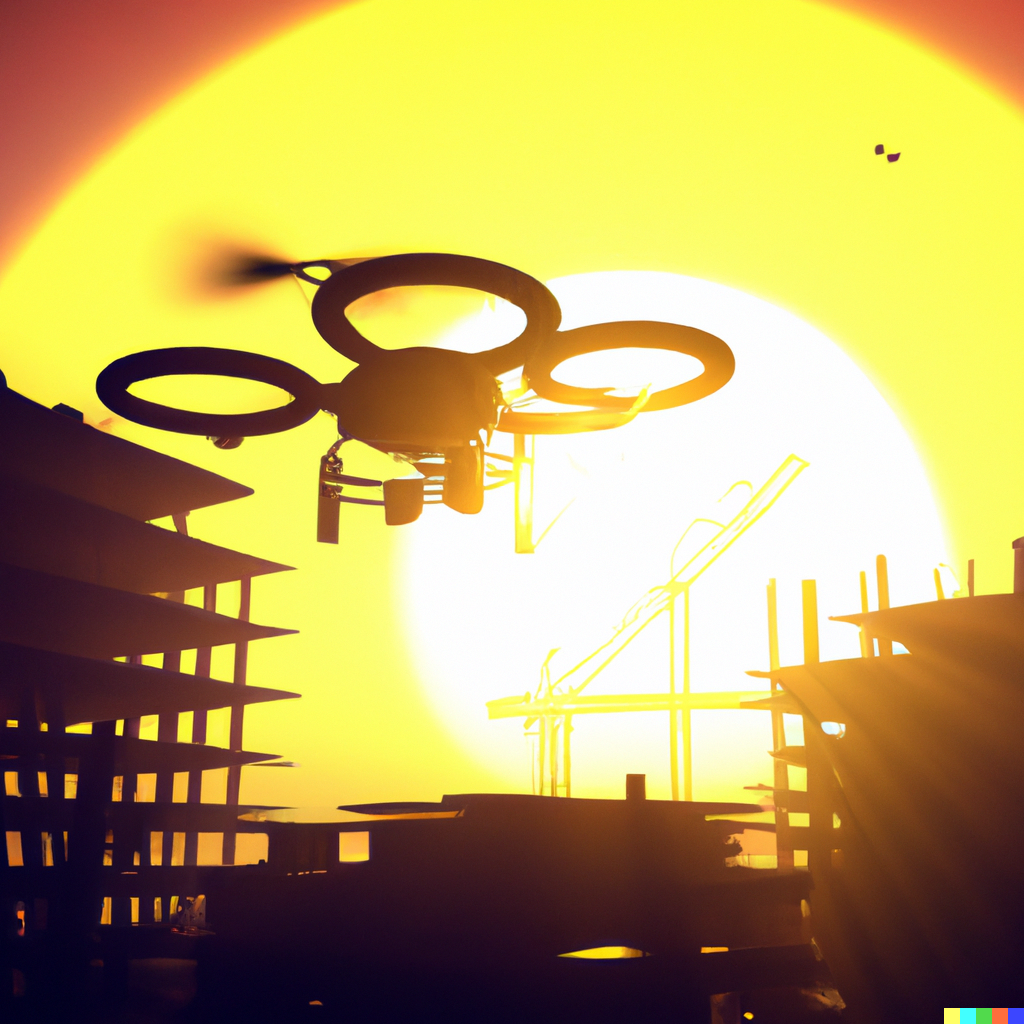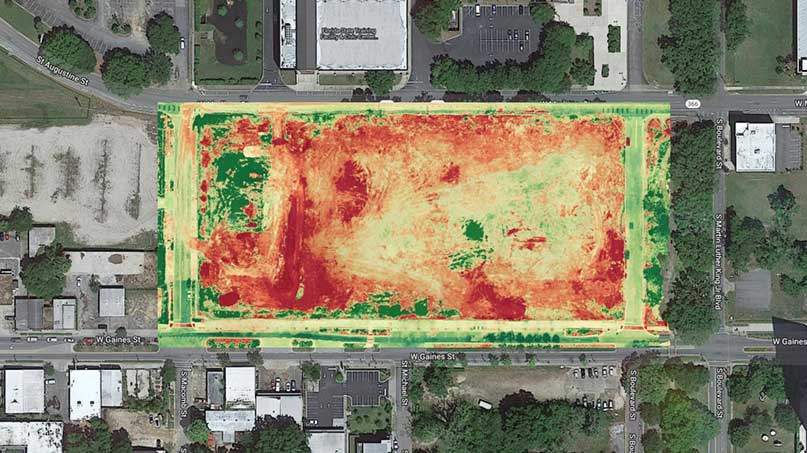
Comments (3)
-
bet888livefootball
If you are into football betting, bet888livefootball is a good place to check out. They have lots of live games and decent odds. Try bet888livefootball if you are a football fan!
-
Karen Gregory
I am sure this post has touched all the internet people, its really really fastidious paragraph on building up new blog.




xsktangiang
Xsktangiang is part of my weekly routine. Pick the numbers, grab some snacks, and hope for the best. Good luck everyone! Visit xsktangiang.